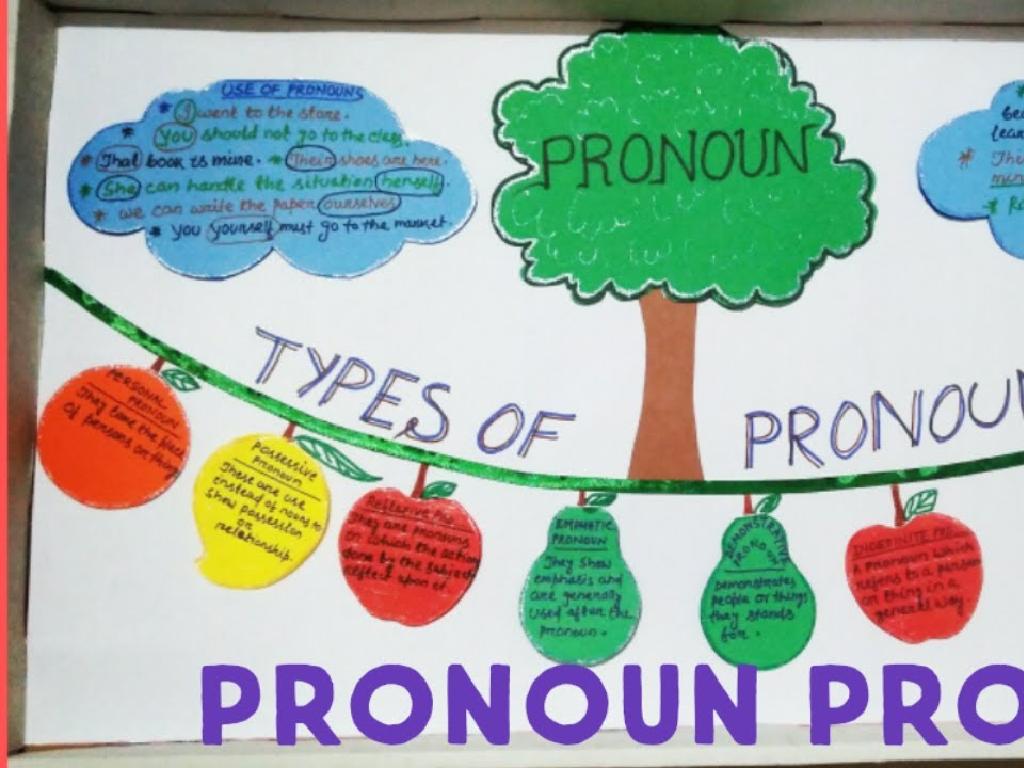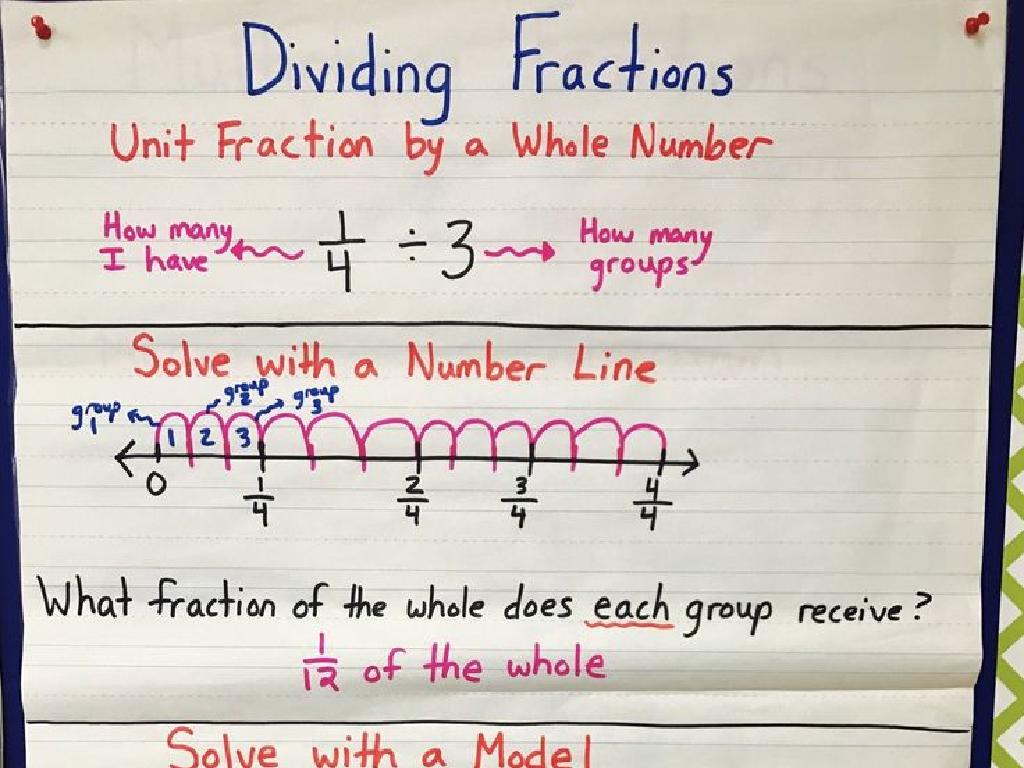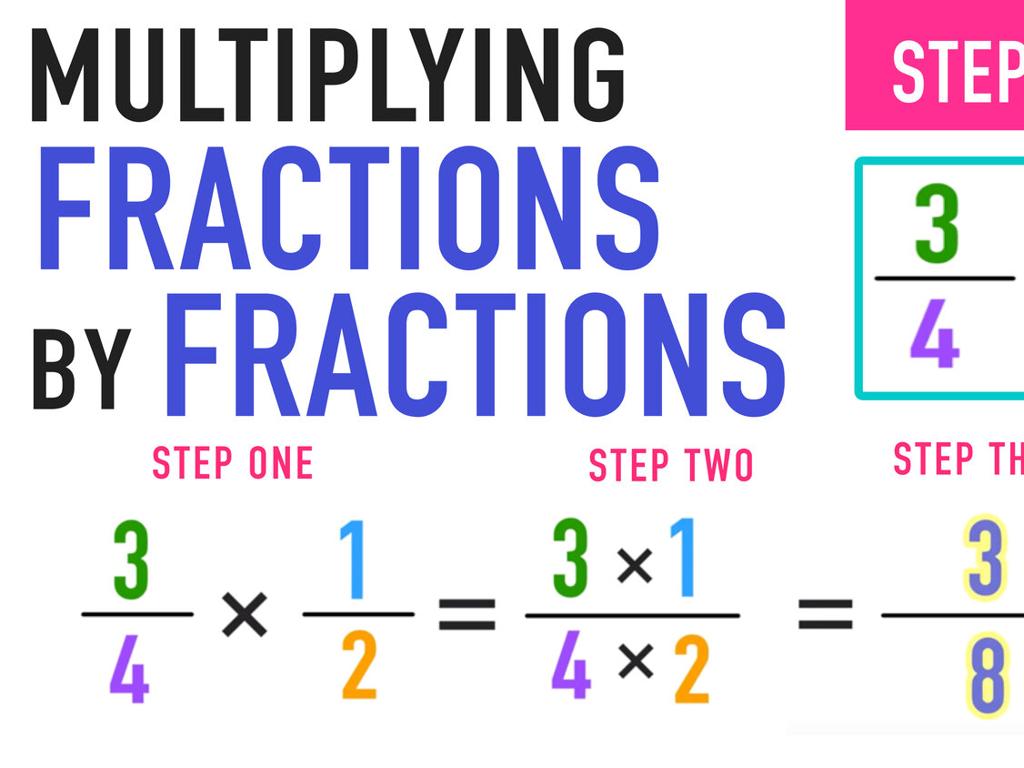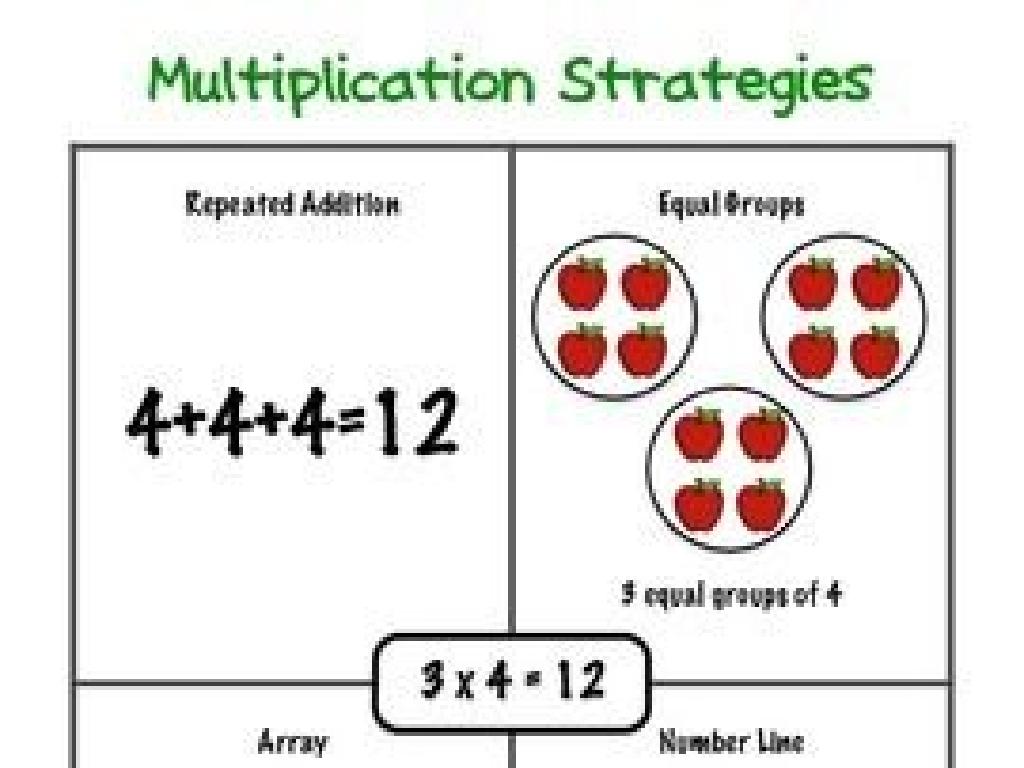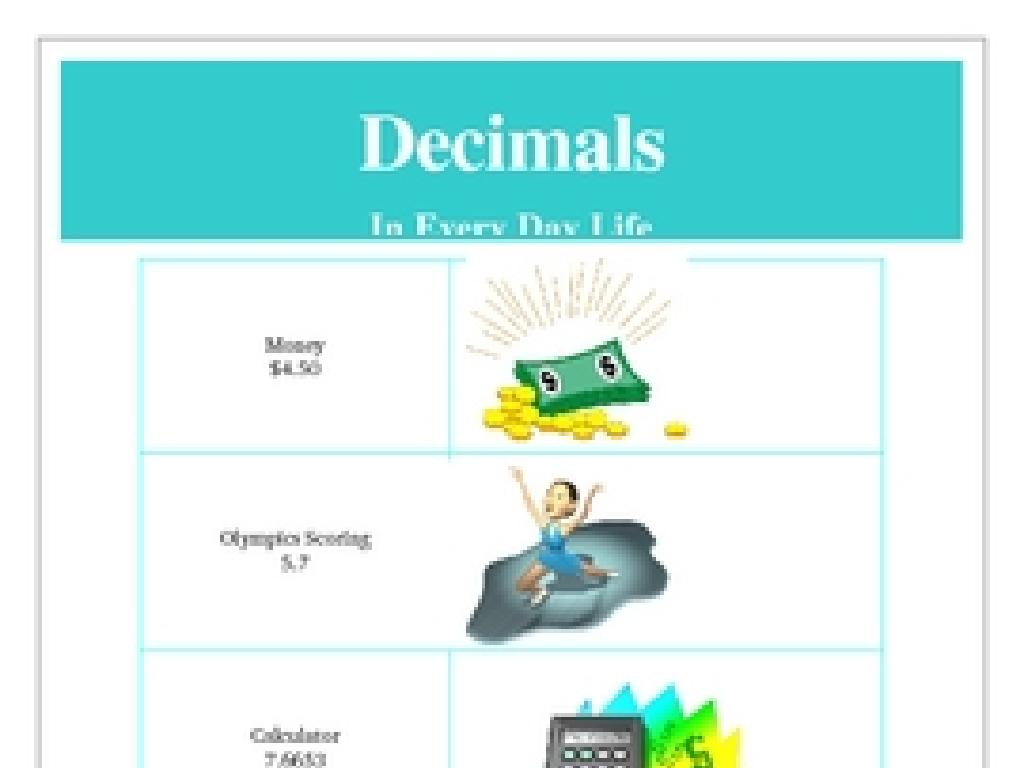Positive And Negative Connotation
Subject: Language arts
Grade: Seventh grade
Topic: Synonyms And Antonyms
Please LOG IN to download the presentation. Access is available to registered users only.
View More Content
Positive and Negative Connotation
– Connotation shapes meaning
– Connotation refers to the emotional or cultural association with a word beyond its dictionary definition.
– Synonyms have emotional color
– Similar words can feel different: ‘slim’ vs. ‘skinny’.
– Words carry positive or negative vibes
– ‘Thrifty’ has a positive spin, implying wisdom; ‘cheap’ can seem negative, implying stinginess.
– Impact of word choice in communication
– Choosing the right word can change the listener’s or reader’s reaction.
|
Today’s lesson will delve into how the connotation of words can influence the message’s emotional impact. Students will learn that words with similar dictionary definitions can carry different emotional weights, which can affect how a message is received. For example, ‘slim’ and ‘skinny’ both refer to a lack of excess weight, but ‘slim’ often has a positive connotation, while ‘skinny’ can be perceived negatively. Understanding these nuances is crucial for effective communication. Encourage students to think about the connotation of words when speaking and writing to convey their intended message more accurately and empathetically.
Understanding Connotation in Language
– Connotation vs. Denotation
– Denotation is the literal meaning, while connotation is the emotional or cultural meaning.
– Words with varied connotations
– ‘Childlike’ (positive), ‘youthful’ (neutral), ‘immature’ (negative).
– Connotation’s impact on messages
– The same word can convey different feelings or attitudes.
– Analyzing connotative meanings
|
This slide introduces the concept of connotation, which is crucial for understanding the emotional and cultural nuances of language. Begin by explaining the difference between denotation, the dictionary definition of a word, and connotation, which involves the associations and emotional overtones that a word carries. Provide examples of words that have neutral, positive, and negative connotations to illustrate how the same idea can be expressed with different undertones. Discuss how the connotation of words can influence the message and tone of a sentence, affecting the reader’s perception. Encourage students to think of additional examples and consider how word choice can change the meaning of their writing.
Positive vs. Negative Connotation
– Compare words with similar meanings
– ‘Thin’ vs. ‘Skinny’: ‘Thin’ is neutral, ‘Skinny’ often negative
– Impact of word choice on emotions
– Words can influence feelings and attitudes
– Connotation in writing and speech
– Choosing words for desired effect in audience
– Activity: Identify connotations
– Practice distinguishing between connotations in class
|
This slide introduces the concept of connotation, the emotional and cultural associations words carry beyond their literal meanings. Students will learn that synonyms can have positive or negative connotations, affecting the reader’s or listener’s response. Emphasize the importance of word choice in effective communication. The upcoming activity will help students apply this knowledge by identifying the connotations of words used in different sentences. Prepare examples that illustrate how a single word can change the tone of a sentence. For the activity, consider sentences that use synonyms with different connotations and ask students to discuss the emotional impact of each.
Connotation in Literature
– Authors’ use of connotation
– Connotation adds layers of meaning beyond the dictionary definition.
– Analyze literature for connotation
– Examine texts to see how word choice affects tone and mood.
– Discuss emotional impact of words
– Words carry weight; ‘slim’ vs. ‘skinny’ can evoke different feelings.
– Understand deeper meaning
|
This slide aims to explore how authors use connotation to add depth to their writing. Connotation refers to the emotional or cultural associations that go beyond the literal meaning of a word. Students will analyze excerpts from literature to identify connotative language and discuss how these word choices influence the reader’s emotions and the text’s overall tone. Encourage students to think about the connotation of words they use in their writing and how it might affect their audience. This will help them understand that word choice is crucial in shaping meaning and creating an emotional response in the reader.
Your Turn: Identifying Connotations
– Identify connotations in sentences
– Pair up for discussion
– Discuss how synonyms can have different emotional impacts
– Share findings with the class
– Each pair presents their examples and understanding
– Discuss interpretation variations
– Explore how word choice affects meaning and feeling
|
This slide introduces a class activity focused on understanding positive and negative connotations. Students will work in pairs to identify the emotional impact of words within given sentences, discussing how different synonyms can alter the feeling conveyed. After the pair work, students will share their findings with the class, providing a platform for discussing how interpretations of connotations can vary among individuals. This activity will enhance their critical thinking and analytical skills in language arts. As a teacher, facilitate the discussion by providing sentences with ambiguous words and guide students to consider context. Prepare to offer examples and encourage students to explain their reasoning behind each interpretation.
Creating with Connotations: Tone and Mood
– Write a paragraph with positive synonyms
– Rewrite it with negative synonyms
– Observe the change in tone and mood
– How do different words affect the paragraph’s feeling?
– Discuss the impact of connotation
– Words with different connotations can completely alter the paragraph’s impact.
|
This activity is designed to help students understand the power of word choice and its effect on tone and mood in writing. By writing a paragraph with positive connotations and then rewriting it with negative connotations, students will see how synonyms can have vastly different effects based on their connotative meanings. Encourage students to choose their subjects carefully and to be mindful of the emotional weight words can carry. After completing the activity, lead a discussion on how the different versions of the paragraph made them feel and why. This will deepen their understanding of how connotation shapes a reader’s experience.
Class Activity: Connotation Creation
– Form groups for story creation
– Use positive & negative connotations
– Include words with different emotional impacts
– Discuss connotation effects on perception
– How do word choices change feelings about the story?
– Present stories for peer review
|
This activity is designed to help students understand the impact of word choice on storytelling and character perception. Divide the class into small groups and instruct them to write a short story or dialogue that includes both positive and negative connotations. Encourage them to focus on how their word choices can alter the reader’s feelings towards the characters and the overall tone of the story. After completion, each group will present their story to the class, followed by a peer review session where students can discuss and critique the use of connotations in each other’s work. Possible activities: 1) Rewrite a neutral sentence using positive and negative connotations. 2) Identify connotative words in a given paragraph. 3) Create two character descriptions with opposing connotations. 4) Compose a dialogue with alternating connotative language. 5) Analyze the emotional impact of connotations in a famous speech or poem.
Reflecting on Connotations
– Recap: Connotations in words
– Positive connotations feel good, negative ones can offend.
– Applying lessons to daily communication
– Think about how words affect conversations with friends and family.
– The impact of word choice
– Words can change meaning based on the situation, choose wisely.
– Reflect on today’s learning
– Consider how understanding connotations will help in future discussions.
|
As we conclude, remind students of the difference between positive and negative connotations and how they can change the meaning of words. Emphasize the importance of this lesson in everyday communication, such as speaking with peers or writing. Discuss how word choice can influence others’ perceptions in various contexts, such as formal presentations versus casual chats. Encourage students to reflect on what they’ve learned and how they can apply this knowledge to become more effective communicators. Ask them to think of examples where they might need to choose their words carefully to convey the right message.

